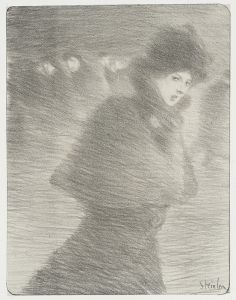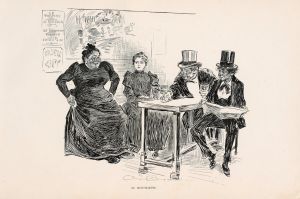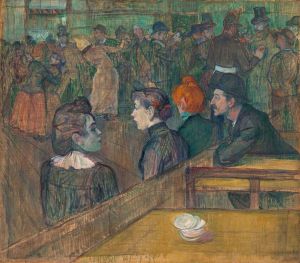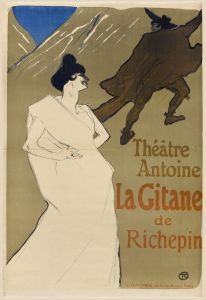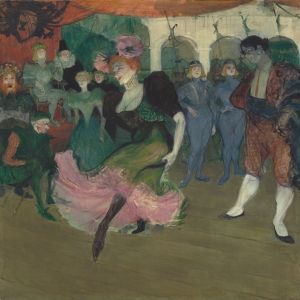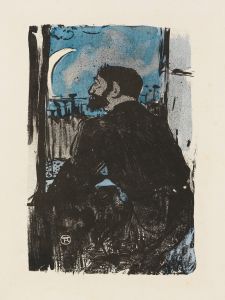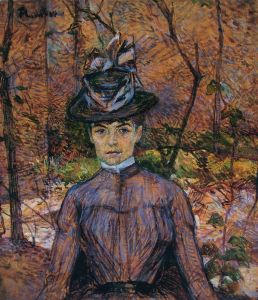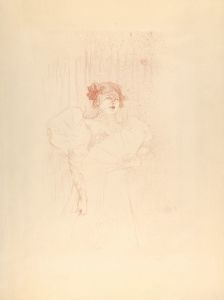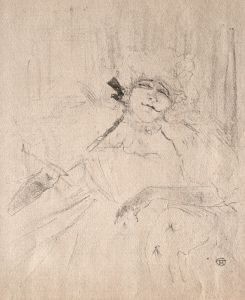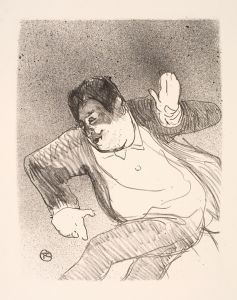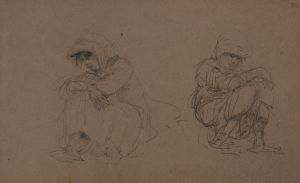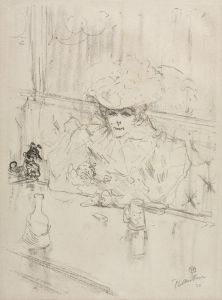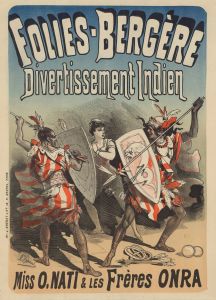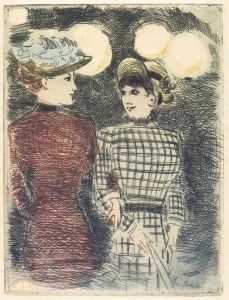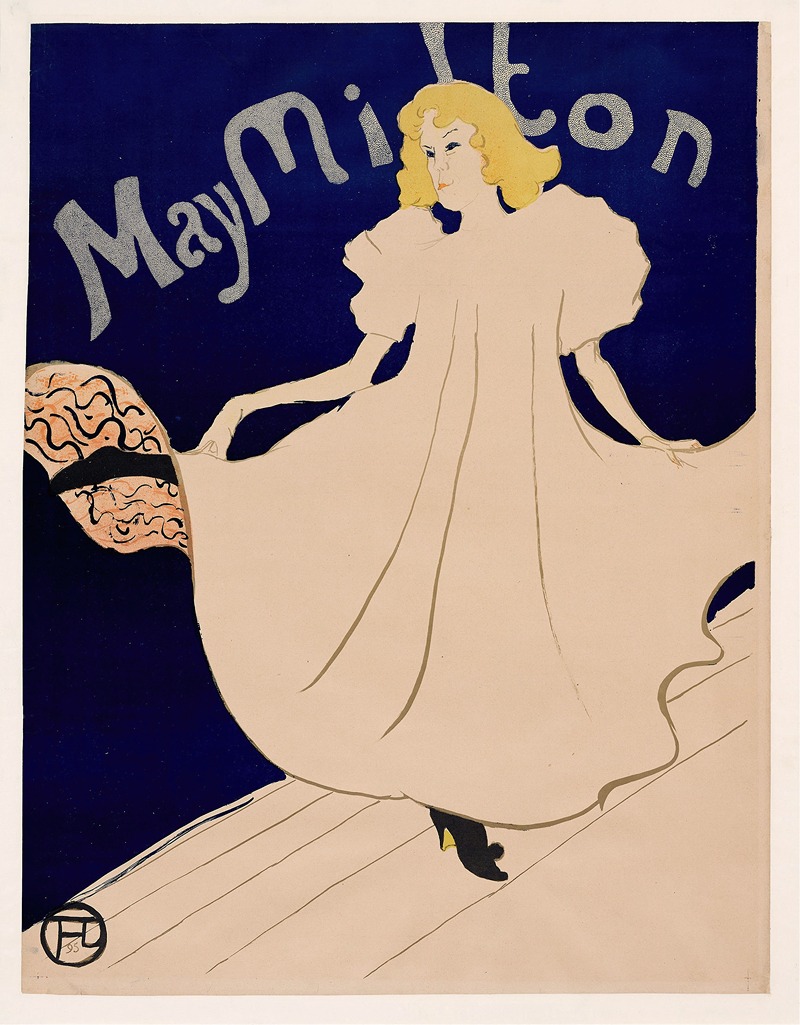
May Milton
A hand-painted replica of Henri de Toulouse-Lautrec’s masterpiece May Milton, meticulously crafted by professional artists to capture the true essence of the original. Each piece is created with museum-quality canvas and rare mineral pigments, carefully painted by experienced artists with delicate brushstrokes and rich, layered colors to perfectly recreate the texture of the original artwork. Unlike machine-printed reproductions, this hand-painted version brings the painting to life, infused with the artist’s emotions and skill in every stroke. Whether for personal collection or home decoration, it instantly elevates the artistic atmosphere of any space.
Henri de Toulouse-Lautrec, a prominent French painter, printmaker, and illustrator, created the artwork "May Milton" in 1895. This piece is a lithograph, a medium that Lautrec frequently employed to capture the vibrant nightlife and entertainment scene of Paris during the late 19th century. Lautrec is renowned for his depictions of the bohemian lifestyle of Montmartre, a district that was the epicenter of artistic and cultural activity in Paris at the time.
"May Milton" features the English dancer May Milton, who was a notable figure in the Parisian cabaret scene. The artwork is part of a series of posters and prints that Lautrec produced to advertise performers and venues, contributing significantly to the development of the modern poster as an art form. Lautrec's posters were not only advertisements but also works of art that captured the essence of the performers and the lively atmosphere of the venues they promoted.
In this lithograph, Lautrec employs his characteristic style, which includes bold outlines, flat areas of color, and a keen sense of movement and expression. The image of May Milton is rendered with a sense of immediacy and vitality, capturing her in a dynamic pose that suggests the energy and allure of her performances. The background is minimal, focusing attention on the figure of Milton, which is typical of Lautrec's approach to poster design.
Lautrec's work is often associated with the Post-Impressionist movement, and his style was influenced by Japanese ukiyo-e prints, which were popular in Europe at the time. This influence is evident in the use of flat colors and the emphasis on line and form over detail. "May Milton" exemplifies these characteristics, showcasing Lautrec's ability to distill the essence of his subjects into striking, memorable images.
The lithograph was created during a period when Lautrec was at the height of his artistic powers, despite his declining health. His work from this time reflects a deep understanding of the entertainment world and its personalities, as well as a mastery of the lithographic process. Lautrec's posters, including "May Milton," played a crucial role in elevating the status of the poster from mere advertisement to an art form in its own right.
"May Milton" is part of the collection at the Metropolitan Museum of Art in New York, where it is appreciated not only for its artistic merit but also for its historical significance. The piece provides insight into the cultural landscape of Paris during the Belle Époque, a period marked by artistic innovation and a flourishing nightlife.
Henri de Toulouse-Lautrec's contributions to art and his unique perspective on the world of entertainment continue to be celebrated today. His work, including "May Milton," remains influential, offering a window into the vibrant and dynamic world of late 19th-century Paris.





